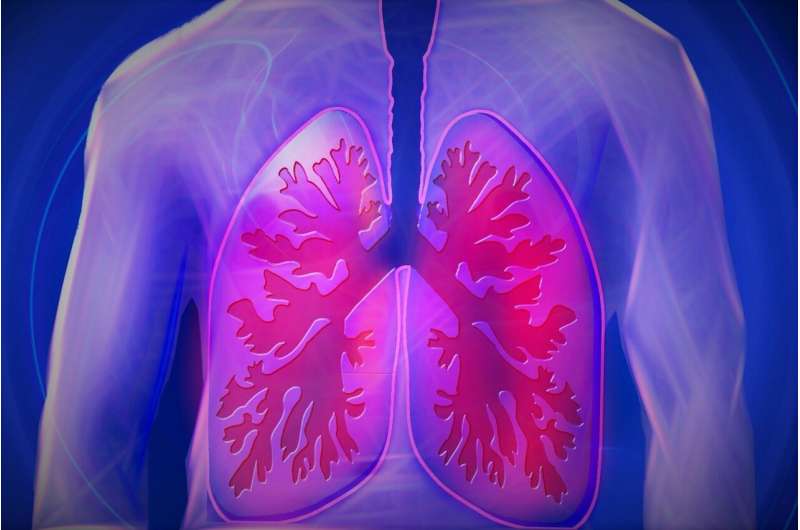Southeast Asia Likely to Miss 2030 Targets for Ending Diseases Despite Progress Challenges

ASEAN countries face significant challenges in achieving health-related Sustainable Development Goals by 2030, with progress hindered by inequalities and weak infrastructure, though some nations show promise. Experts emphasize urgent action to bridge gaps and prevent disease burden escalation.
All ten member nations of the Association of Southeast Asian Nations (ASEAN) are projected to fall short of achieving the global health targets set for 2030, according to a comprehensive analysis published in PLOS Medicine. The study highlights that while some countries are on track to eliminate malaria by the deadline, significant hurdles remain in eradicating HIV/AIDS, tuberculosis, hepatitis B, and neglected tropical diseases. Notably, HIV/AIDS cases have continued to rise steadily over the past decade.
Singapore stands out as the only ASEAN country expected to meet the United Nations' goals related to non-communicable diseases such as cancer and diabetes, as well as road injuries, which are increasing across the region. Researchers analyzed data from 1990 to 2021 to assess each country's progress toward health-related Sustainable Development Goals (SDGs), which encompass nutrition, maternal and reproductive health, environmental health, and universal health coverage.
The findings emphasize that despite strong political commitment, economic disparities, social inequities, and weak health infrastructure hinder progress. Countries like Cambodia, Laos, and the Philippines face considerable difficulties, with the Philippines even showing a regression in overall health scores. The analysis also revealed alarming increases in harmful alcohol consumption—ranging from 40% to 90%—and high smoking rates in some nations, contributing to the rise of chronic diseases.
Broader issues such as rural poverty, limited education, and fragmented healthcare systems further delay access to essential services. The region is also highly vulnerable to climate change impacts, which exacerbate existing health disparities. For example, persistent gaps in healthcare workforce and diagnostics challenge disease control in Cambodia and Laos, while healthcare system fragmentation hampers efficiency in the Philippines.
However, some positive trends are evident; countries have made progress in reducing childhood stunting and improving nutrition. Experts advocate for targeted investments in primary care, health literacy, and cross-sector collaboration to bridge gaps. Still, many scholars stress that there is no need to revise the 2030 timeline. Instead, they call for accelerated and equitable action to meet these critical global health goals, emphasizing that delays could result in preventable illnesses and increased strain on health systems.
The SDGs, established in 2015, aim to eradicate poverty, protect the environment, and ensure health for all by 2030, with SDG 3 focusing explicitly on health outcomes. This includes ending epidemics of HIV, TB, malaria, and neglected tropical diseases, reducing maternal mortality, and combating pollution-related health issues. The study underscores the importance for ASEAN nations to develop robust strategies, share successful approaches regionally, and address underlying social and economic inequalities to achieve these ambitious targets.
Stay Updated with Mia's Feed
Get the latest health & wellness insights delivered straight to your inbox.
Related Articles
Genetic Discoveries in Rheumatoid Arthritis Offer Hope for Better Treatments
Groundbreaking research reveals genetic and molecular factors behind rheumatoid arthritis, offering hope for better prediction and targeted treatments. Discover how immune, oral, and nerve pathways influence the disease.
Long-Term Effects of Maternal Diet During Pregnancy Unveiled in Rationing Study
A groundbreaking study shows that increased sugar intake during pregnancy in 1949 had lasting positive effects on children’s health and behavior, highlighting the importance of maternal nutrition.
Innovative Electrical Stimulation Technique Predicts Nerve Injury Recovery Outcomes
A groundbreaking study reveals how intraoperative electrical nerve stimulation can predict recovery potential after acute nerve injuries, aiding in personalized surgical decisions.
Enhanced COPD Care Pathway Shortens Hospital Stay and Boosts Pulmonary Rehab Referrals
Implementing a structured COPD care pathway can significantly reduce hospital stays and increase referrals to pulmonary rehabilitation, leading to better patient outcomes and more standardized care protocols.



